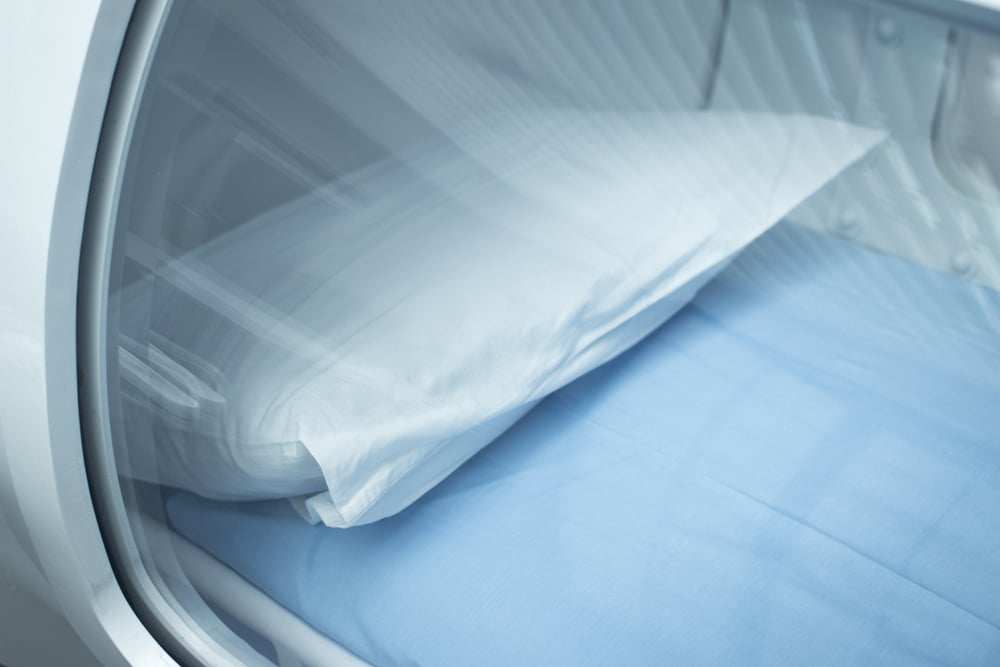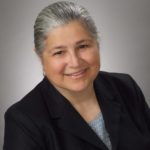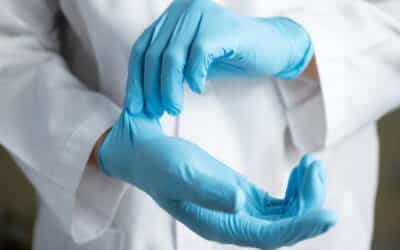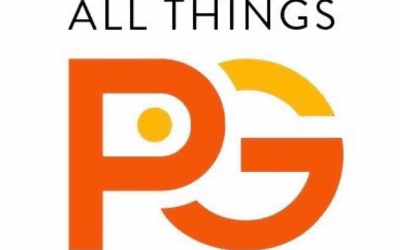Recently, a Hyperbaric Medicine physician asked for clarification on the supervision requirements for hyperbaric oxygen therapy (HBOT) treatments. HBOT treatments are most commonly provided in the hospital-based outpatient department (HOPD) but are also sometimes provided in the physician’s office. First, let’s discuss the HOPD:
Physician Supervision of Hyperbaric Oxygen Therapy Services in the HOPD
All services in the HOPD are rendered “incident to” the supervision of an advanced practitioner (meaning, an MD, DO, NP, DPM). That means that even if there is a “nurse only” visit, a doctor has to supervise it. The question is now, “what does that physician supervision look like?” In the past, physician supervision in the HOPD was “direct” (see below), which meant the physician had to be physically present. In 2020, The Centers for Medicare and Medicaid Services (CMS) changed that. Now, ALL HOPD physician supervision is “general” (see definition below). What’s not commonly known is that “general supervision” has some very specific implications. Keep reading, because you are in for a shock.
- General supervision means the procedure is furnished under the physician’s overall direction and control, but the physician’s presence is not required during the performance of the procedure.
- Under general supervision, the training of the nonphysician personnel who actually perform the diagnostic procedure and the maintenance of the necessary equipment and supplies are the continuing responsibility of the physician.
- Direct supervision in the office setting means the physician must be present in the office suite and immediately available to furnish assistance and direction throughout the performance of the procedure.
- It does not mean that the physician must be present in the room when the procedure is performed.
- Personal supervision means a physician must be in attendance in the room during the performance of the procedure.
The CY 2020 Medicare Hospital Outpatient Prospective Payment System Final Rule (CMS-1717-FC) 42 CFR §410.27(a)(1)(iv) changed physician supervision in the HOPD to “general” but specified that facilities should make their own decision about whether to still require direct supervision. Many hospital-based facilities implemented written policies to still require direct supervision. In the physician’s office setting, services are always under direct supervision.
To make things more complicated, on May 22, 2020, CMS released a One-Time Notification (Change request 11805) stating that direct supervision could be provided by real-time interactive audio and video:
“Direct Supervision by Interactive Telecommunications Technology
For the duration of the PHE for the COVID-19 pandemic, CMS revised the definition of direct supervision to allow direct supervision to be provided using real-time interactive audio and video technology. We recognize that given the risks of exposure, in some cases, technology would allow appropriate supervision without the physical presence of a physician. We note that in specifying that direct supervision includes virtual presence through audio/video real-time communications technology that this can include instances where the physician enters into a contractual arrangement for auxiliary personnel as defined in federal regulations at §42 CFR 410.26(a)(1), to leverage additional staff and technology necessary to provide care that would ordinarily be provided incident to a physicians’ service (including services that are allowed to be performed via telehealth). Additionally, we note that this change is limited to only the manner in which the supervision requirement can be met, and does not change the underlying payment or coverage policies related to the scope of Medicare benefits, including Part B drugs.”
I will not attempt to interpret the implications of Direct Supervision by Interactive Telecommunications Technology when it comes to hyperbaric oxygen therapy chamber supervision. There’s a lot of language to consider in the CMS Notification above (e.g. “in some cases,” “physician enters into a contractual arrangement for auxiliary personnel … to leverage additional staff…,” etc.), but now you know it might be possible to provide direct physician supervision remotely via real-time interactive technology.
Here are some things to consider about physician supervision of hyperbaric oxygen therapy:
- As of 2020, all hospital-based diagnostic and therapeutic services — meaning in the HOPD are now under general supervision rules; however, hospitals may choose to adopt higher levels of supervision at their discretion.
- Hyperbaric oxygen therapy chamber supervision in the doctor’s office remains under direct supervision.
- CMS has not mentioned that there might be a reduction in payment if chamber supervision is performed under general supervision, but that doesn’t mean that it won’t happen eventually.
- For the duration of the pandemic, direct supervision of HBOT services might be billable if performed via real-time “Interactive Telecommunications Technology,” but you should read the fine print of the CMS notification.
- A physician still needs to be “of record” for all HOPD hyperbaric services and MUST document that they were supervising every HBOT treatment, every time.
- The physician is still medically responsible and legally liable, regardless of whether they are present on-site or supervising remotely (meaning regardless of whether they provide direct or general supervision)
- Keep in mind that the same is true of “nurse only” visits for wound care – there must be a physician supervising even if the supervision is general.
- If you are providing HBOT treatments via general supervision, you should probably insert language into your hyperbaric note to indicate it, such as: “I verbally ordered hyperbaric oxygen therapy today. The treatment was under my overall direction and control.”
- If the doctor is providing general supervision for HBOT, they must understand that the training of the nonphysician personnel who actually perform the procedure and the maintenance of the necessary equipment and supplies are the continuing responsibility of the physician.
Moving to general supervision for hyperbaric oxygen therapy means that the doctor is responsible to train the hyperbaric techs and to maintain the hyperbaric chamber, a point no one is discussing.




